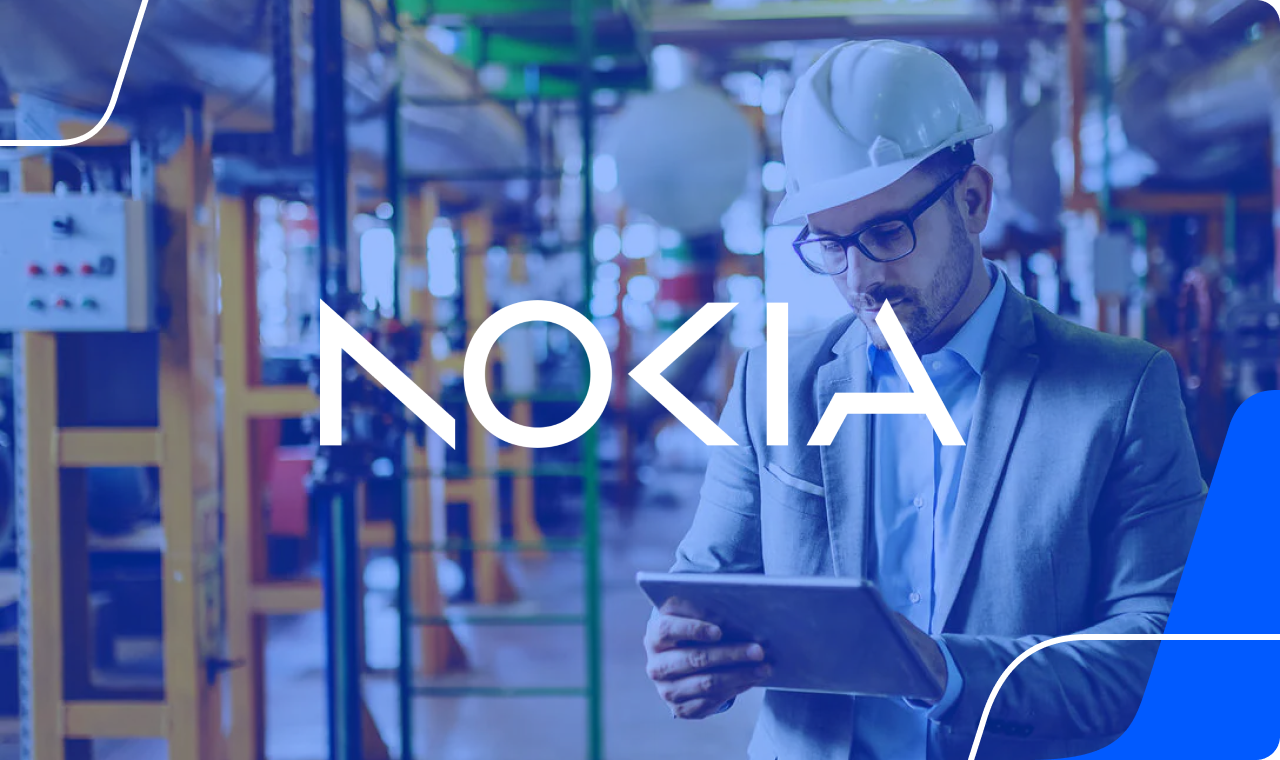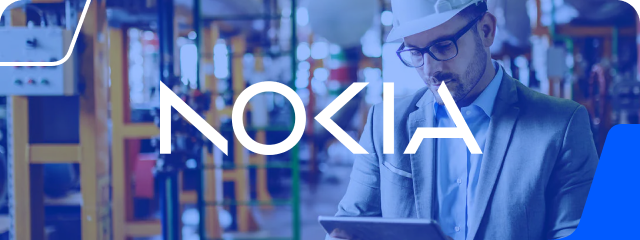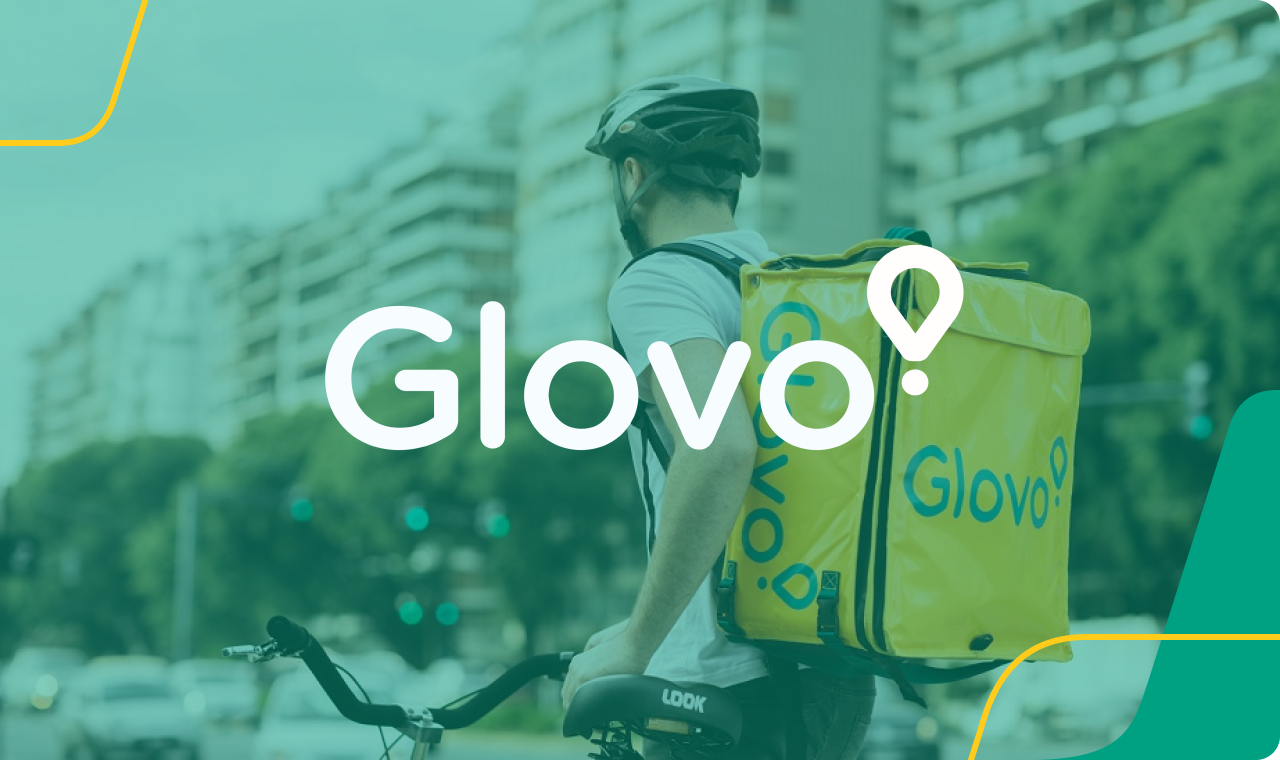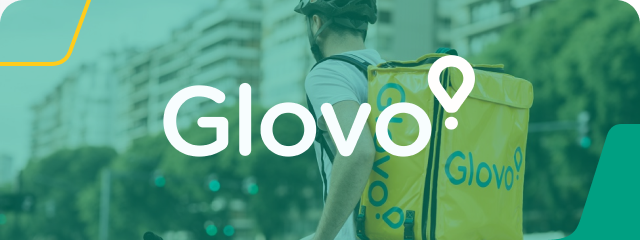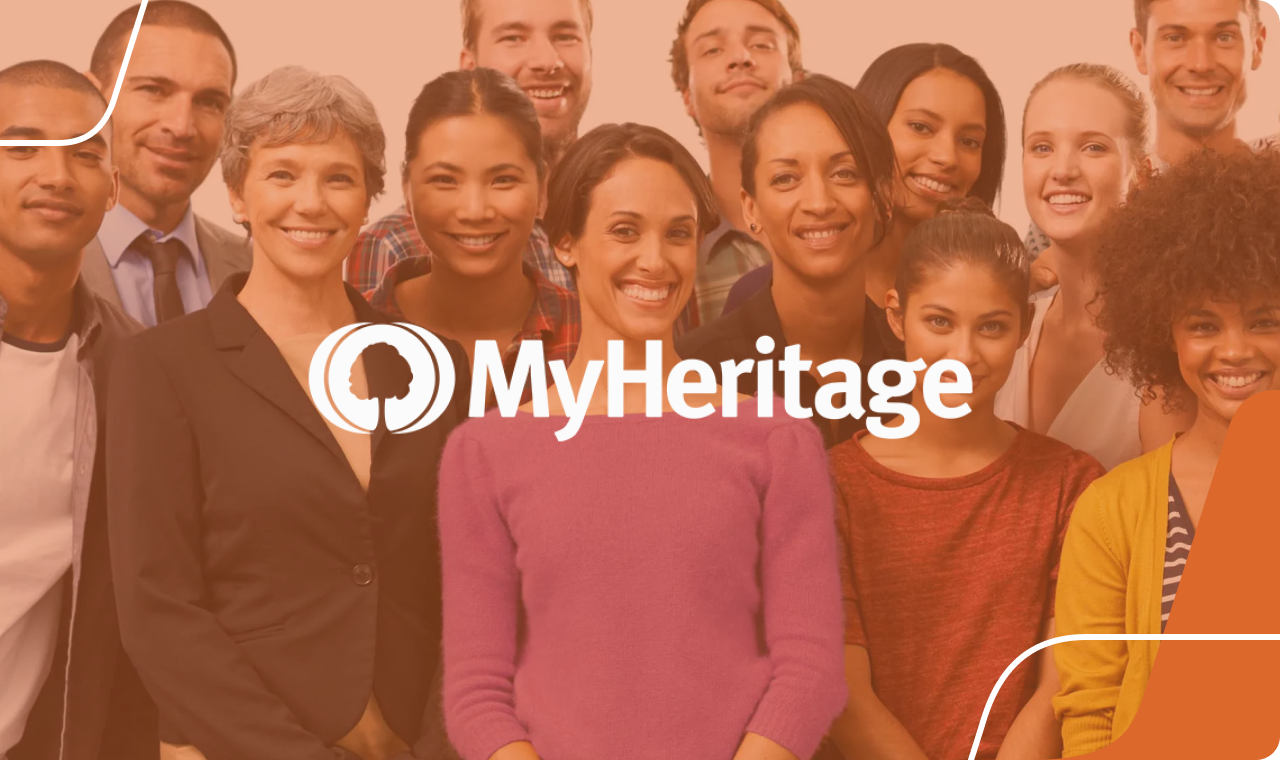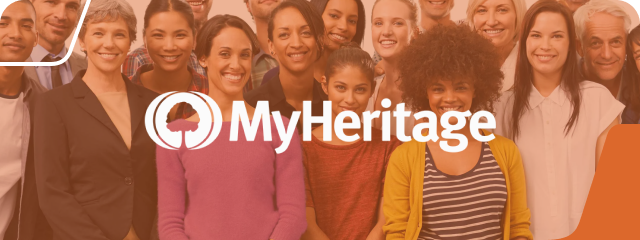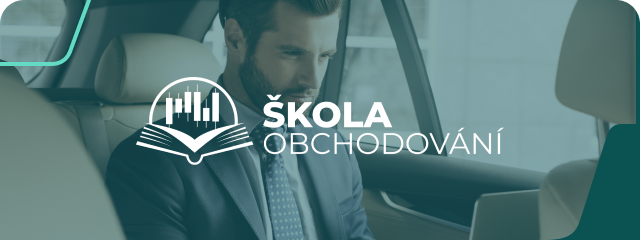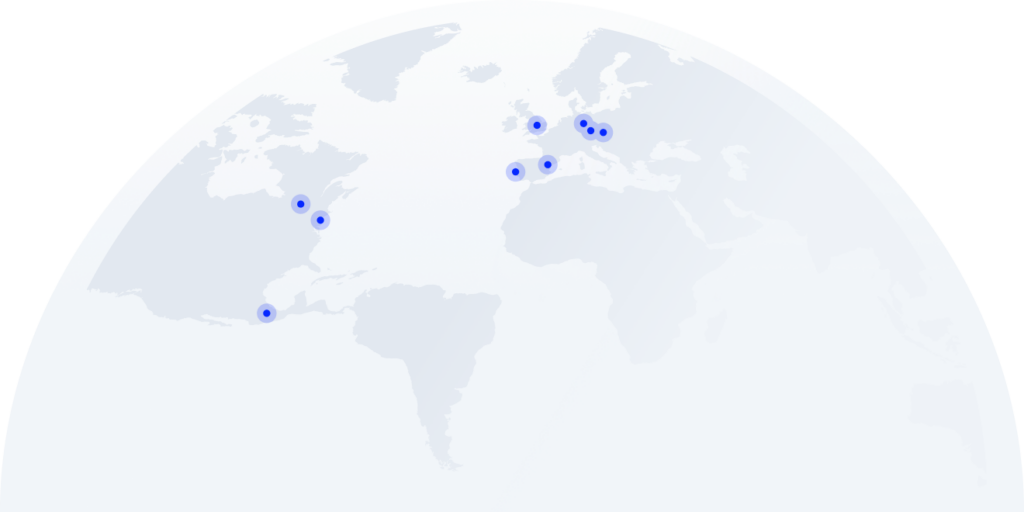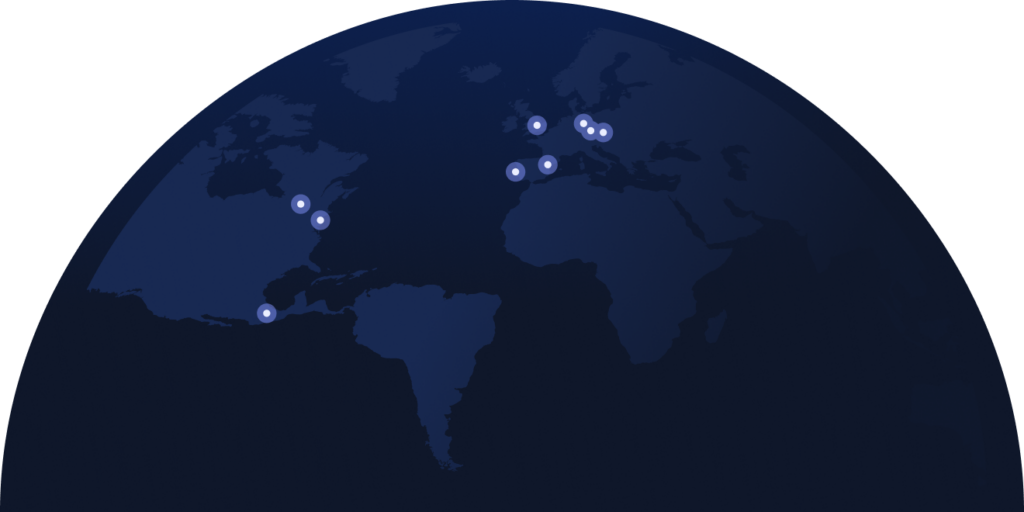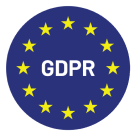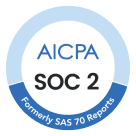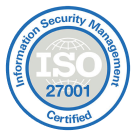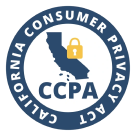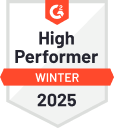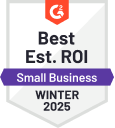- Solutions
- Solutions primary
- BY TEAM
- BY INDUSTRY
- BY USE
- BY SIZE
- View all solutions
- Solutions secondary
- Solutions primary
- AI
- Features
- Features primary
- Most popular
- first column
- second column
- third column
- fourth column
- View all features
- Most popular
- Features secondary
- Choosing the right plan
- Features primary
- Integrations
- Integrations primary
- MOST POPULAR
- first column
- second column
- View all integrations
- NEW
- first column
- second column
- View all integrations
- MOST POPULAR
- Integrations secondary
- Integrations primary
- Pricing
- Resources
- Resources primary
- Most popular
- first column
- second column
- third column
- Most popular
- Resources secondary
- Latest Blogs
- Try CloudTalk
- Resources primary
- Careers
FEATURE VS. FEATURE
Progressive vs. Predictive Dialers:
What’s Right for You?
The decision between Predictive and Progressive Dialers can transform your call center strategy. Discover their key differences, advantages, and drawbacks to determine the best choice for your business needs.
Progressive Dialer
Predictive Dialer
Key Difference Between
Progressive vs. Predictive Dialers
Parameter
Progressive Dialer
Predictive Dialer
How it works
Dials one contact at a time automatically and only initiates the next call once an agent finishes the previous one.
Dials multiple numbers, routing answered calls to available agents based on predictive algorithms while managing unanswered calls efficiently.
Reliability
Calls are connected to available agents only, with customizable intervals between each call, reducing the chances of dropped calls.
Boosts agent productivity by predicting call end times and auto-dialing next numbers, avoiding waiting time. It can lead to dropped calls or delays if predictions do not align.
Cost
Typically lower in cost due to its simpler design, as it doesn’t rely on complex predictive algorithms, making it a more affordable option for basic call handling.
More expensive due to sophisticated algorithms and the need for a more robust infrastructure to support predictive modeling, which can lead to higher initial and maintenance costs.
Flexibility
Flexible for smaller or specialized campaigns, allowing easy adjustment of settings to reduce abandoned calls and improve customer experience.
Adjusting its settings for different campaign needs can be complex and may not offer the granularity required for campaigns needing more nuanced control.
Best for
Best suited for quality-focused, customer-centered campaigns like B2B sales or support calls, where personalized interactions and strong customer relationships are prioritized.
Large-scale operations focused on efficiency and throughput, such as collections, market research, or telemarketing campaigns where reaching a high volume of contacts is crucial.

What is a Progressive Dialer?
Progressive Dialers automate the dialing process and optimize your outbound calls. This intelligent calling system automatically dials numbers as soon as an agent becomes available, eliminating the need for manual routines.
No more clicking through lists or punching in numbers–the system seamlessly queues up the next customer on autopilot. With less idle time and fewer repetitive tasks, agents stay focused and productive, making your operation more efficient.
How Do Progressive Dialers Work?
Progressive dialers monitor agent availability in real-time, dialing a new number only when an agent is free to take the call. They initiate single calls, detect outcomes (like voicemail or live answer), and instantly transfer successful connections to agents.
Managers can customize the timing between calls, allowing just the right interval for agents to review customer records before connecting, ensuring a smooth and prepared transition to each new call.


What is a Predictive Dialer?
A Predictive Dialer is a powerful tool for boosting outbound sales by maximizing agent productivity and efficiency. It dials multiple numbers simultaneously, connecting answered calls to agents and dropping unanswered ones.
By predicting agent availability, Predictive Dialers can initiate more calls than the number of free agents, significantly increasing call volume. This efficient process boosts successful connections, allowing agents to focus on meaningful conversations and improving call center performance by up to 400%.
How Do Predictive Dialers Work?
Predictive dialers use statistical algorithms to anticipate when agents will become available, dialing multiple numbers before the current calls are finished. The system adjusts the dialing rate based on factors like average call duration, the number of attempts needed to connect, and abandonment rates.
Once the call is answered, the dialer can tell if it reaches voicemail or a busy signal and only connects agents to real customers. This ensures minimal wait times, keeps agents focused on real conversations, and eliminates repetitive tasks like manual dialing.


Which Dialer Is Best for Your Business?
To pick the right dialing solution for your business, start by assessing your call volume needs and campaign goals. For high-volume outreach, like telemarketing, a Predictive Dialer is ideal, as it maximizes call connections and agent productivity.
For smaller, customer-focused campaigns where quality matters, a Progressive Dialer is better, providing controlled dialing and minimizing abandoned calls. Consider budget, team size, and the importance of personalization in interactions to make the best choice.
Interested in seeing Dialers in action?
Schedule a demo today and find out for yourself.
Let’s Talk About
Pros and Cons
Progressive Dialer
Improves Customer Experience
Allows agents to review customer information before each call, fostering a more personalized, quality-driven interaction, ideal for customer-focused campaigns.
Lower Abandonment Rate
By dialing one call at a time only when an agent is free, it minimizes dropped calls and maintains a smooth, customer-friendly experience.
Cost-Effective
Its simpler technology setup requires less investment compared to more complex dialing systems, making it affordable for small to mid-sized businesses.
Ideal for Specialized Campaigns
Suited for targeted outreach, the progressive dialer allows agents to focus on detailed interactions, perfect for B2B or account management tasks.
Lower Call Volume
Its one-at-a-time dialing structure limits total call output, making it less suitable for high-volume calling campaigns that require speed.
Less Suitable for Large Campaigns
Progressive dialing isn’t ideal for large-scale, rapid-response campaigns, where maximizing call connections per hour is essential.
Potential Agent Downtime
Agents may experience brief wait times between calls as the system prepares the next call, impacting overall productivity in high-demand settings.
Predictive Dialer
High Call Volume
The dialer initiates multiple calls at once, ensuring agents stay engaged. This makes it ideal for large outreach campaigns needing maximum connections.
Increases Agent Productivity
Reduces agent downtime by connecting them to calls as soon as a customer answers, allowing agents to handle more calls per hour.
Efficient for Large Campaigns
Perfect for high-volume outreach like telemarketing, it optimizes connections to increase engagement with a broad audience quickly and effectively.
Advanced Algorithms for Timing
Utilizes real-time data to predict when agents are available, optimizing call flow and ensuring high connection rates throughout campaigns.
Higher Abandonment Rate
If too many calls are answered simultaneously, some may be dropped due to a lack of available agents, affecting customer experience.
Increased Cost
The advanced technology and algorithms required make predictive dialers more expensive to set up and maintain compared to simpler dialers.
Less Personalized Interactions
The emphasis on call volume over individual quality can lead to less meaningful interactions, which may impact customer satisfaction in certain contexts.
OUR FEATURES
Discover 4 most popular
VoIP features
FAQs
What is the difference between Predictive and Progressive dialing?
Predictive dialing calls multiple contacts simultaneously, predicting agent availability, while progressive dialing calls one contact at a time, only when an agent is ready.
What is the difference between a Predictive Dialer and an Autodialer?
Auto Dialers are an umbrella term for hardware and software systems that allow users to make calls without manually dialing phone numbers. Predictive, Power, and Smart Dialers are all auto dialers.
What is the difference between Predictive and Power Dialer?
Predictive dialers dial multiple contacts, anticipating agent availability, while power dialers dial one contact per agent, making the next call as soon as an agent is free. Compare them here.
What is the difference between a Progressive and a Power Dialer?
Progressive dialers give agents a pause to review details before each call, while power dialers dial immediately after each call ends, maximizing call flow without preparation time.
How much does a predictive dialer cost?
Predictive dialers cost around $50–$200 per user monthly, with pricing based on call volume needs, provider, and included features like analytics or compliance tools.
How much does a progressive dialer cost?
Progressive dialers range from $40–$150 per user monthly, depending on provider, features, and scalability needs, with basic setups being more affordable than advanced options.
Are predictive dialers legal?
Yes, predictive dialers are legal, but users must comply with regulations like the TCPA and Do-Not-Call (DNC) lists to avoid penalties and ensure respectful outreach.











